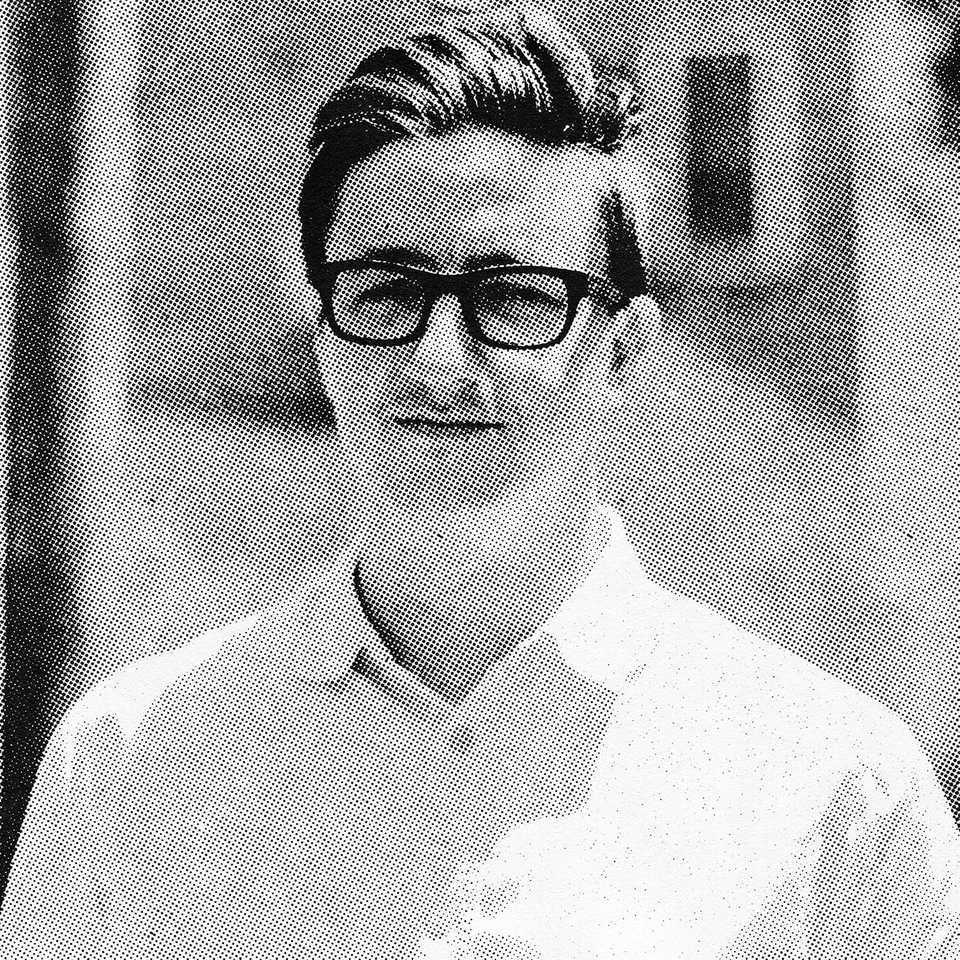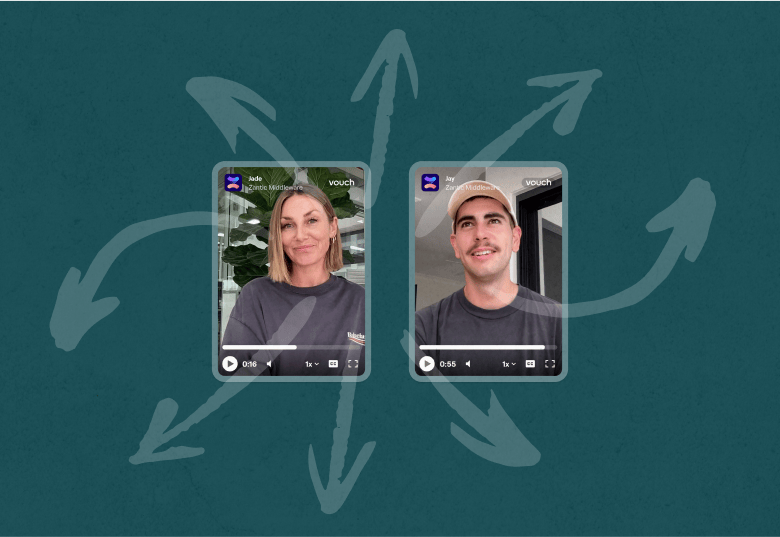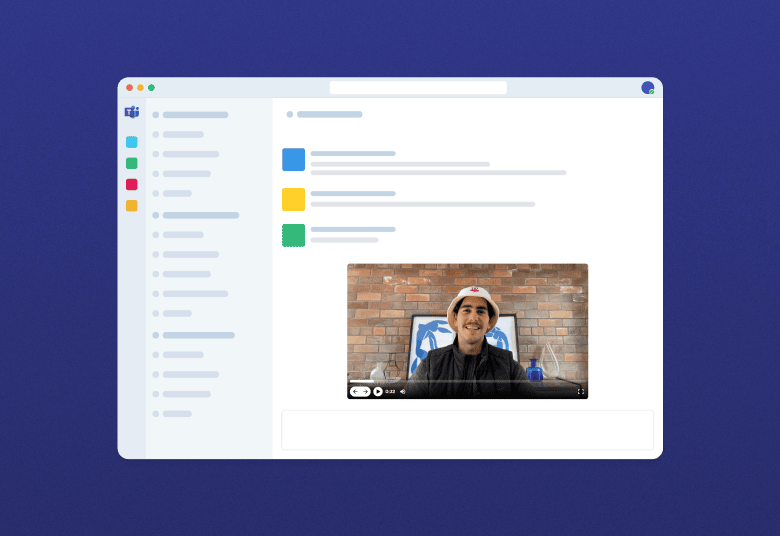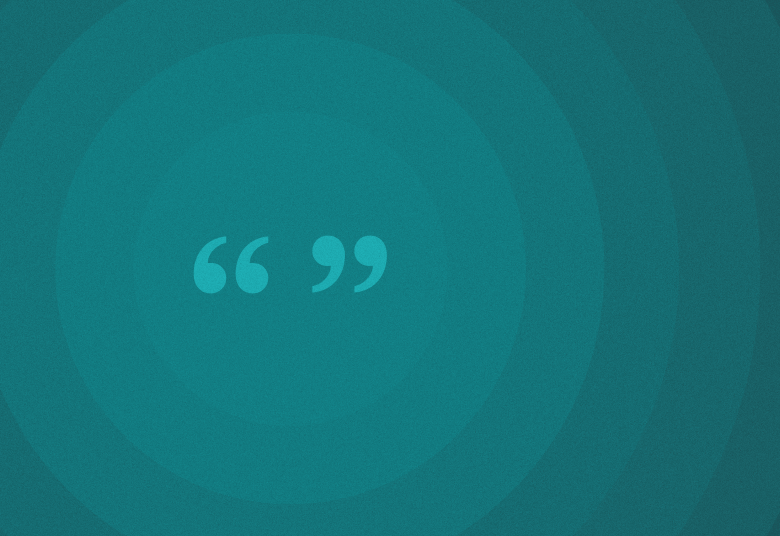
Building A Thriving Workplace, 5 Organizational Engagement Models
If you're looking to improve employee engagement across your company and create a more satisfied and fulfilled workforce that advocates for your company and employer brand, there are a number of proven organizational engagement models that can help.
These organizational engagement models also play a major role in reducing staff turnover, helping you build your company culture and more. In this article, we'll explore five of the most popular theories.
Even more importantly, the stats show that employee engagement is a real problem for most companies. In 2021, only 15% of employees were truly engaged in their jobs, while 85% were either not engaged or actively disengaged. Source: Gallup's "State of the Global Workplace" report, 2021.
So, let's dive in and get your workplace culture and employee motivation on track.
Why Do You Need An Employee Engagement Model?
Every employee engagement model is, at its core, a framework that outlines "how" your company can create a happy, valued, and hyper-productive workforce.
Employee engagement models go beyond paychecks and perks like food and instead focus on building a positive company culture where people are happy to wake up every day and do their best work. It's a mission.
Employee engagement models, by nature, focus on your workplace culture as a catalyst for employee satisfaction, which naturally leads to overall business success. This is not about forcing deadlines and targets; it's about building an amazing place to work that attracts the very best talent in your industry and keeps them in your business.
Additionally, it is key to ensure your entire leadership team is on board with your chosen (or hybrid) employee engagement model. Your leaders play a pivotal role in employee engagement, including your management's transparency and building trust and empowerment in your employees.
Regular employee feedback is also a big part of your engagement model. You need to continually test and optimize your model until it runs on auto-pilot. That's when your bottom-line results start growing exponentially.
The AI-enabled workspace for talent teams.
- Unified workspace for talent teams
- Accelerate hiring with AI tools
- Auto-generate polished hiring and employer brand content
- Easily repurpose assets across all channel
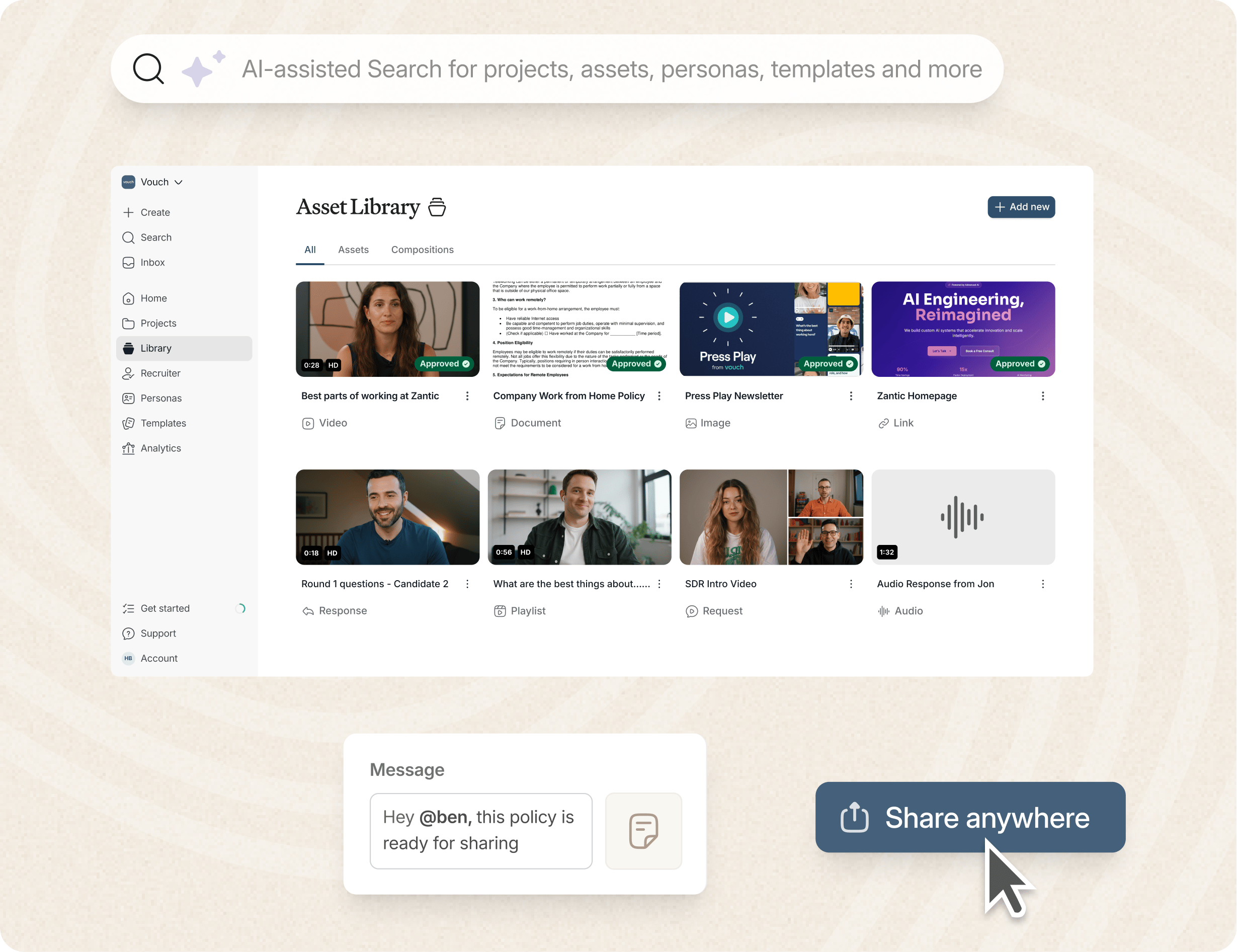
Model 1: The Zinger Model: Build Meaningful Employee Connections
The Zinger model was developed by David Zinger, a Canadian employee engagement expert, in the early 2000s, and it was officially introduced around 2008.
The Zinger model focuses on the importance of genuine employee connections to boost morale and performance in the workplace, focusing on building authentic relationships and mutual rewards for your employees and your company.
In the Zinger model, employee engagement is presented as a three-level pyramid:
1. The bottom of the pyramid (largest section) focuses on your employees' well-being and focusing on their strengths. When you focus on these two areas alone, you have the true foundations for success.
2. The middle row of the Zinger model focuses on the importance of building real workplace relationships and genuine recognition. This level is where you build employee engagement, teamwork, and performance.
3. Finally, the top row of the pyramid (smallest section) highlights your desired business results and expectations, including rewards and opportunities. This section is the smallest, as it should have the least focus outside of the board room. When you get the bottom and middle right, this part of the Zinger engagement model will just fall in place - you won't need to push it.
At Vouch, we love the Zinger employee engagement model as it focuses on employee well-being first. We've simplified it here, so if you would like to know more, be sure to go to David Zinger's site here to learn more.
If you are looking to try the Zinger model, you'll love Vouch. Companies like Canva, Nike, Cisco, HubSpot, Amazon, and more use it to help build a better company culture and employer brand.
Model 2: The Gallup Model: Asking The Right Questions
The Gallup employee engagement model was created by Gallup, an American analytics and advisory company. After several years of research and testing, the Gallup model was introduced in the late 1990s and has since been refined as our workplace cultures continue to evolve.
The Gallup model is based on going the extra mile to connect with employees, measure their feedback, and improve employee satisfaction.
The core of the Gallop model is 12 set survey questions, often asked with a tool like the Vouch video survey so that you can gain invaluable insights into your employees' workplace experience and motivation.
These 12 questionnaires cover things like "understanding expectations, whether employees have all the necessary resources, their growth goals, and whether they feel valued as individuals." Once you know this, you can rapidly improve your workplace culture and your employee value propositions (EVPs).
One of the major benefits of the Gallup model is its simplicity—you just need to ask the right questions. The Gallup model is also perfect for teams of all sizes, including remote teams, and it works across every industry.
This makes the Gallup employee engagement model a go-to, in our opinion, if you are looking to improve employee engagement and motivation.
If you're looking to learn more about the Gallup employee engagement model, be sure to head to the Gallup website here to learn more.
Model 3: The AON-Hewitt Model: Focusing on Your Business Outcomes
The Aon Hewitt Engagement Model was developed by Aon Hewitt, a global human resources consulting firm. The Aon Hewitt Engagement Model was developed over several years of research and consulting practice and was first introduced in the early 2000s.
The AON-Hewitt model is a little different from the Gallup and Zinger models above. It's focused on business outcomes to drive employee engagement, a more "top-down" approach and perhaps more traditional than the Gallup and Zinger models.
This model often also suits professional firms, like a legal firm for example, more than other businesses, and it focuses on three qualities: Say, Stay, and Strive.
Here's how the AON-Hewitt model works:
1. Engagement Drivers
This model takes a top-down approach and is based on ensuring your leadership team is responsible for employee engagement, creating open communication, offering career opportunities, and employee recognition.
Of course, this is also the fail point. Not all leaders are great with people, and that's fine, but maybe where the other models have their strengths.
2. Implementing Engagement Metrics
Like the other models, the AON-Hewitt model leans heavily on employee surveys, too, but with a focus on more traditional HR metrics like retention rates and performance metrics.
3. Action Planning
Based on the engagement metrics insights, you can develop an action plan to improve employee engagement. Again, as this model is more top-down focused, these actions may be more monetary based, unlike other models, which is why this model really suits professional firms more than other companies.
Ultimately, in our experience, the AON-Hewitt model provides a framework for more structured and formal corporations and is used successfully by many companies worldwide.
If you'd like to learn more about the AON-Hewitt engagement model, be sure to head to the AON website here to learn more.
Model 4: The Kahn Model: Harnessing Individual Strengths
The Kahn Employee Engagement Model was developed in the early 1990s by Dr. William Kahn, a professor at Boston University. Dr. Kahn's research focused on understanding the deeper psychological conditions that influence each employee's engagement with their work and employer.
The Kahn model emphasizes the need to build a work environment where employees feel safe bringing their full selves to work, which is also the foundation of diversity and inclusion.
Furthermore, it focuses on finding meaning in every employee's individual role to build a united team and culture.
Here's how the Kahn model works:
1. Approach Your Employees as Partners
The Kahn model encourages each company to involve employees in crafting their roles and responsibilities. By treating employees as partners in the decision-making process, your employees feel valued and have a true sense of ownership over their work.
2. Create a Safe Environment
To improve employee engagement in the Kahn model, it is vital to create a work environment where employees feel psychologically safe. This means creating open communication, encouraging diverse perspectives from your employees, and supporting employee experimentation to improve their quality of work. In other words, it requires total trust in your employees.
3. Aligning Roles with Strengths
The Kahn model focuses heavily on aligning your employees' strengths with their roles. This means knowing each individual's unique talents, skills, and interests. Once you know this, you can put people in the roles they are naturally gifted at, and the results can be exponential, including your employees' sense of purpose and work fulfillment.
4. Develop Meaningful Tasks
As with point three, providing employees with meaningful work is core to the Kahn model. Of course, almost every job includes remedial and often repetitive tasks. Still, it's how you can create a greater sense of purpose by showing employees the impact they have on your company and customers.
At Vouch, we love the Kahn model, and if you want to learn more, a great place to start is here.
Model 5: The Maslow Model: Applying Hierarchy
The Maslow Model, also known as Maslow's Hierarchy of Needs, is the oldest model on this list but the foundation for most of them.
Proposed by Abraham Maslow in 1943 in his paper "A Theory of Human Motivation," Maslow's model suggests that all human beings have a hierarchy of needs that must be satisfied in a specific order, starting with basic physiological needs and moving up to higher-level needs such as self-actualization.
Therefore, the Maslow model starts with ensuring your employees have adequate pay and job security, as these are the foundations of their physiological and safety needs, along with food, shelter, and a safe working environment.
Once these basic needs are fulfilled, the Maslow model then focuses on the importance of teamwork, work-life balance, and a positive company culture.
By encouraging collaboration, communication, and a sense of belonging, organizations can create a supportive and inclusive workplace culture that promotes engagement and satisfaction.
In the last step, the Maslow model highlights opportunities for employee growth. This includes training and development programs and helping individual employees grow.
Here are the key Maslow model points:
- The Maslow model applies a hierarchy of needs theory, starting with the most fundamental needs like stability and safety.
- The Maslow model states that a positive work environment and teamwork are vital to employee satisfaction and overall engagement.
- Finally, offering opportunities for growth is essential in the Maslow model for fulfilling higher-level human needs.
The Maslow model is a famous model that has built the foundation of most of the other organizational engagement models. In this article, we dive deeper into the Maslow model and more.
FAQs
What is an employee engagement model?
An employee engagement model is a framework that outlines how a company can create a happy, satisfied, and valued workforce beyond the paycheck alone.
How do employee engagement models contribute to a thriving workplace?
Engaged employees are more likely to stay with their current company, be more passionate about their work, and usually produce much higher-quality results. This all leads to a thriving workplace.
What is the Zinger model?
Developed by David Zinger, the Zinger model emphasizes the importance of genuine employee connections. The Zinger model focuses on building authentic relationships and engagement.
What is the Gallup model?
The Gallup model measures employee engagement through a series of 12 core questions, such as whether employees understand their role, have all the resources they need, if they feel valued, and more. The Gallup model is remarkably flexible and can work to help most companies.
What is the AON-Hewitt model?
The AON-Hewitt model focuses on business outcomes to drive employee engagement. It identifies six core elements, with the qualities of Say, Stay, and Strive. This model is ideal for more corporate teams and employees who are heavily focused on financial growth.
What is the Kahn model?
The Kahn model, named after William Kahn, focuses on aligning employees' strengths with their work and roles. It emphasizes creating a work environment where employees feel safe bringing their full selves to work and a safe space for open communications.
What is the Maslow model?
The Maslow model applies Maslow's hierarchy of needs, stating that employees must have their basic needs met before they can fully engage in their work. This model highlights adequate pay, job security, teamwork, and more to create a more engaged and fulfilled workforce.
Conclusion
A proven organizational engagement model is essential for creating a thriving workplace. Finding one that works for your company culture and employees is really just a matter of finding one.
Organizational engagement models work because they provide a structured approach to employee engagement and productivity; otherwise, your processes can be a mess, and you may be putting band-aids on them.
By implementing one of these five organizational engagement models, you can build a better workplace culture that leads to long-term company success—and that's better for your employees, too.
Like to try Vouch?
Loved by companies like Canva, Nike, Cisco, HubSpot, Amazon, and more, tools like Vouch make leveraging video, including employee surveys, remarkably easy.
Be sure to book a Vouch demo today and chat with an employee experience expert.
You might also like

Elevate Your Brand Today With Vouch
Discover how Vouch can accelerate talent acquisition while helping you stay on-brand.


